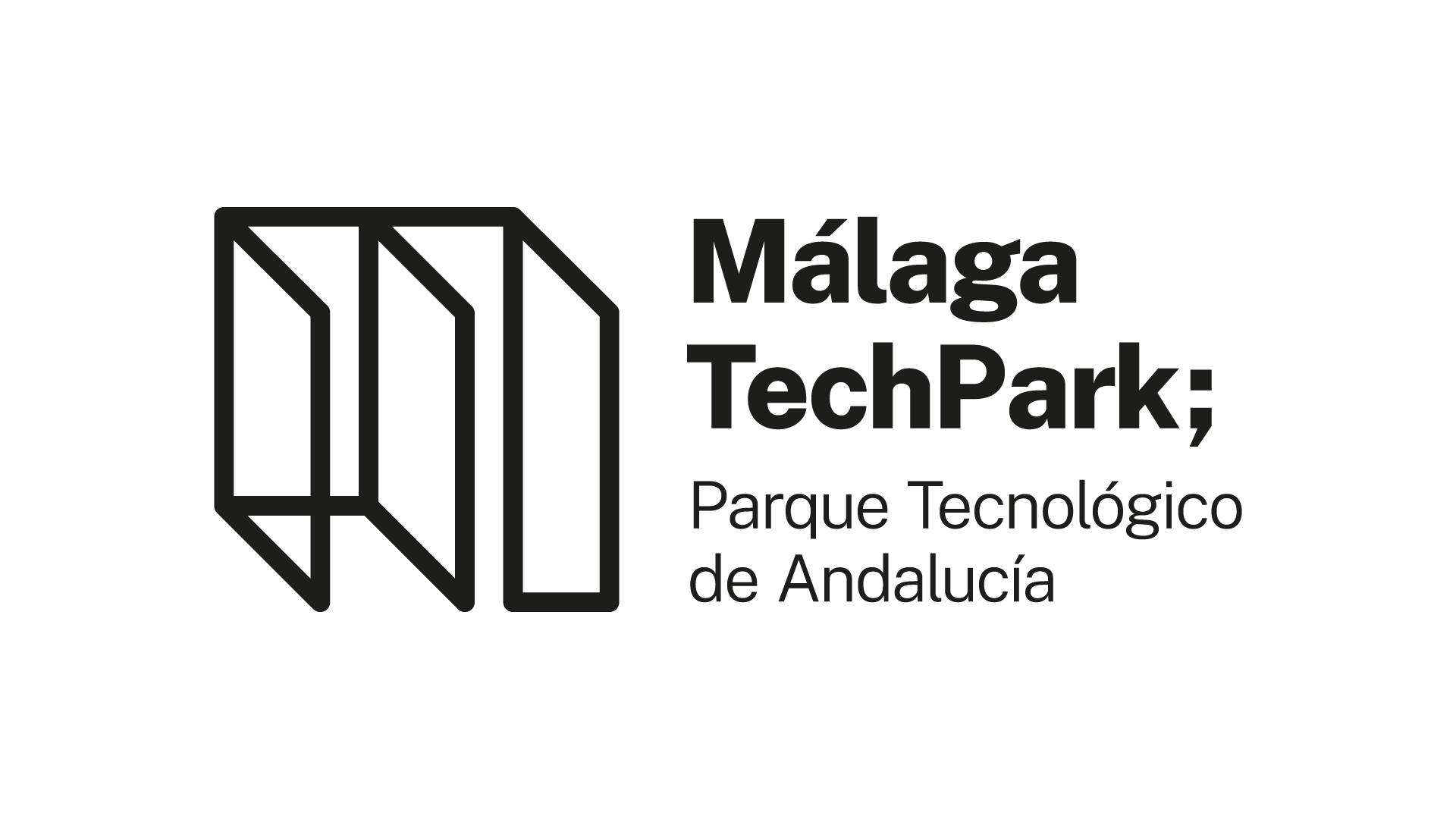-
The results of the GEODESY project, co-funded by the European Union Agency for the Space Programme (EUSPA) as part of the FUNDAMENTAL ELEMENTS programme, and whose consortium is led by AERTEC, have been presented at the headquarters of the Spanish Space Agency within the framework of World Space Week
-
This new high-performance navigation system will enable UAVs to maintain reduced separation distance and share space with other UAVs operating simultaneously
-
Due to drones’ versatile configuration and adaptability, the number of UAVs operating in airspace is expected to increase exponentially in the coming years, and GEODESY will be able to contribute to the safe and successful growth of this new market
World Space Week was held from 4 to 10 October in Seville. AERTEC, an international company specialised in aerospace technology, presented the results of the GEODESY project (Galileo Enhanced Operation for Drone Systems) at the headquarters of the Spanish Space Agency. Thanks to this project, AERTEC has developed a multi-frequency, multi-constellation Galileo receiver that will enable UAVs, UAS and VTOLs (vertical take-off and landing) to have a navigation performance that meets strict technical and operating requirements.
The Advanced Air Mobility (AAM) will generate a high number of aircraft, manned or unmanned, flying at low altitude in urban areas with robust control systems, which are still difficult to achieve with current systems. “The scenario of real flight operations of unmanned aerial vehicles in non-segregated airspace is undoubtedly one of the most important for the future and the most relevant according to an urban air mobility industry that is rapidly improving from a technical point of view, but which needs this type of project to validate the operational safety of its technological proposals,” claimed Rafael Márquez, the Aerospace and Defence Systems Business Development Director at AERTEC.
The GEODESY project, co-funded by the European Union Agency for the Space Programme (EUSPA) as part of the FUNDAMENTAL ELEMENTS programme, is framed within the EASA specific category of drone operations in very low level airspace (VLL). It is also within the U-Space framework in terms of its positioning systems such as geofencing, geocaging and ATOL (Automatic Take Off and Landing), as it is the field that presents major industrial growth. The safe separation distance in UAS flying within the Very Low Level (VLL) airspace is key to reduce the collision risk of UAVs. In uncontrolled airspace, minimum separation distance is established based on rules of procedure and situational awareness, and the minimum distance for safe separation of aircraft depends on the accuracy of the navigation system used.
Thanks to the consortium of companies that make up GEODESY, led by AERTEC, and which also includes PildoLabs, the Advanced Centre for Aerospace Technologies (CATEC) and the Telecommunications Technology Centre of Catalonia (CTTC), this new high-performance navigation system will contribute to improving the final capacity of U-Space, as it will enable reduced separation distance between drones thanks to more accurate positioning. GEODESY could be the starting point for the future definition of the separation distance between UAVs.
The project also focuses on taking advantage of the added value that the use of Galileo and its distinguishing factors can bring to drone performance, more specifically with the OSNMA service system (Open Service Navigation Message Authentication) and HAS (High Accuracy Service). Galileo is the European global satellite-based navigation system launched by the ESA (European Space Agency), which provides the European Union with an independent technology from the American GPS and the Russian GLONASS.
“Unmanned systems facilitate new applications and business models for citizens, which would otherwise not be possible without proper localisation and control of RPAS. Due to drones’ versatile configuration and adaptability, the number of UAVs operating in airspace is expected to increase exponentially in the coming years, and GEODESY will be able to contribute to the safe and successful growth of this new market,” added Rafael Márquez.
AERTEC, in addition to leading the GEODESY project and being the consortium’s representative before the EUSPA, has developed a multi-frequency, multi-constellation Galileo receiver for the navigation system of the TARSIS model, a fixed-wing UAV, in order to test its effectiveness in both visual line of sight flights and beyond visual line of sight flights, simulating a remotely piloted vehicle operation for the transport of goods or people while flying at the same time as several multicopters, which may be performing other missions.
“This project has been a great opportunity to strengthen the cooperation of industry and academia with aviation safety agencies in order to implement and expand the use of Galileo, thus boosting the European technology sovereignty and the implementation of European standards for RPAS navigation systems,” added the Aerospace Systems Business Development Director at AERTEC.

